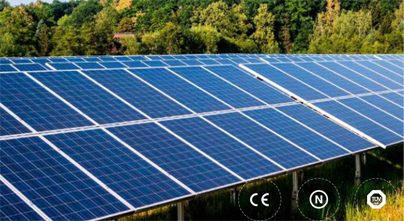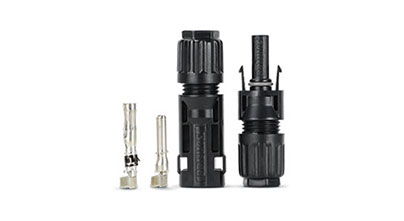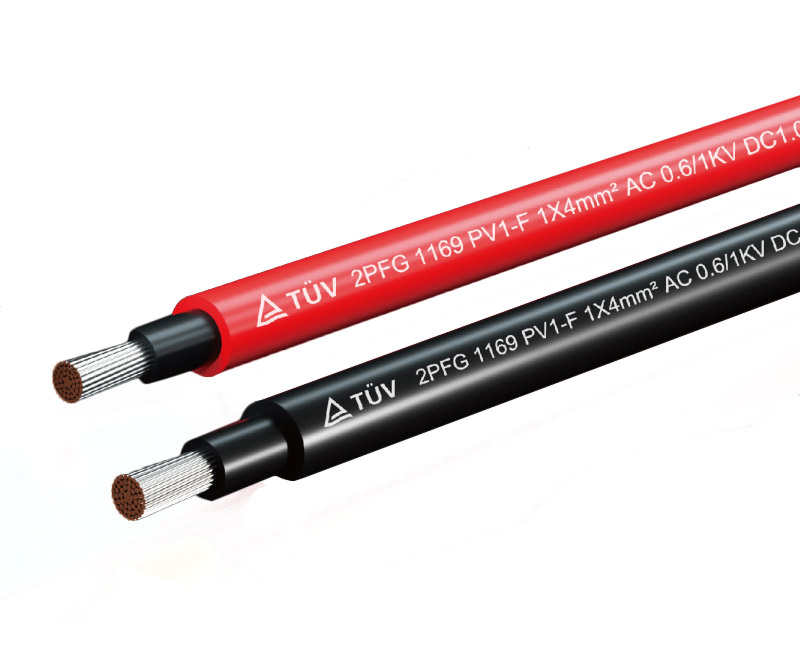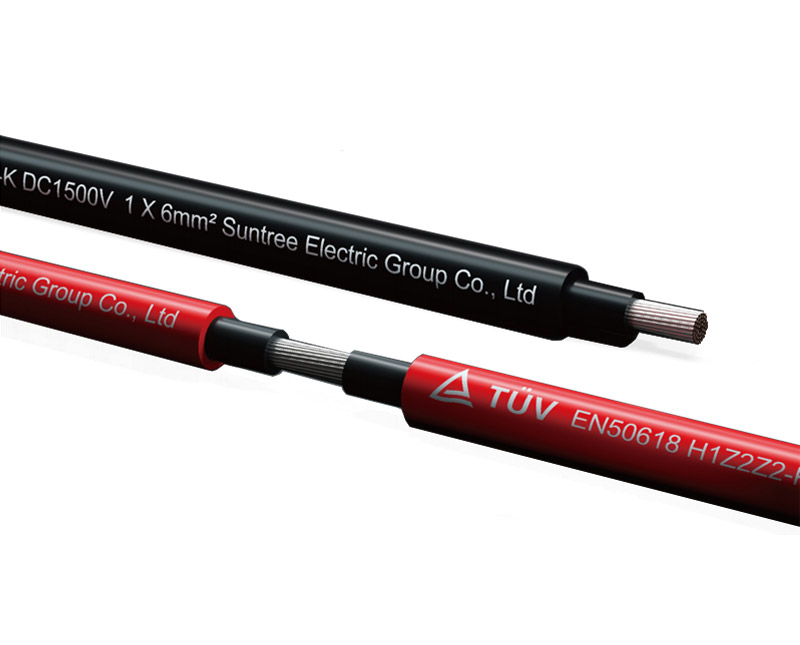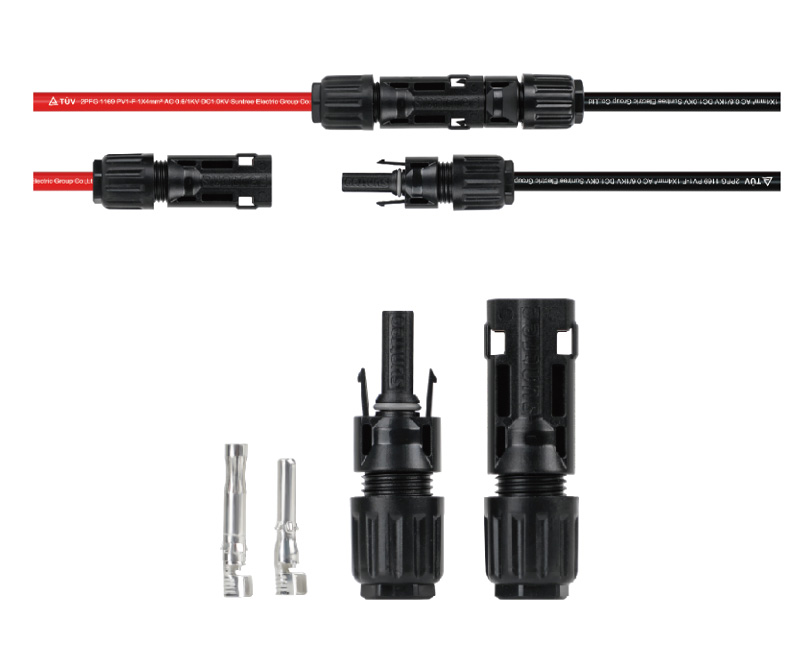Is the installation of Solar Harness simple and easy to understand?
In the ever-expanding world of solar energy utilization, the installation process of solar components plays a crucial role in determining the overall success and acceptance of a solar power system. Among these components, the Solar Harness, which serves as the vital conduit for electricity transmission, has its installation simplicity under the spotlight.
I. Clarity of Installation Instructions
The first aspect that dictates the ease of installing a Solar Harness is the clarity and comprehensiveness of the provided installation instructions. Manufacturers who understand the importance of user experience typically offer detailed manuals. These manuals should include step-by-step guides, starting from the unpacking of the harness to the final connection with the solar panels and other associated equipment. For instance, clear diagrams that illustrate the correct routing of the wires, identification of connectors, and the sequence of attaching the harness to the various components are essential. If the instructions are ambiguous or lack sufficient visual aids, even a moderately experienced installer can become confused, leading to errors in installation that may affect the performance and safety of the solar system.
II. Markings and Labels on the Harness
Another significant factor is the presence and visibility of markings and labels on the Solar Harness itself. Each wire within the harness should be clearly labeled to indicate its function, such as positive or negative polarity, or its connection to a specific part of the solar array. Connectors should also be marked to ensure they are paired correctly with the corresponding ports on the panels or inverters. This not only simplifies the installation process but also reduces the likelihood of incorrect connections, which could potentially damage the equipment. For example, a well-labeled harness allows an installer to quickly and accurately identify the wires that need to be connected to the terminals of a solar panel, saving time and minimizing the risk of mistakes.
III. Compatibility with Standard Installation Practices
The design of the Solar Harness in relation to standard installation practices in the solar industry is also a key consideration. If the harness is engineered to fit common mounting systems and connection methods, it becomes much easier for installers to integrate it into the overall setup. For instance, if the harness connectors are of a standard size and type that are widely used in the market, installers can use their existing tools and knowledge to complete the installation without having to learn new techniques or purchase specialized equipment. Additionally, if the harness is designed to be flexible and adaptable to different panel configurations and orientations, it further enhances its installability. This compatibility with industry norms and practices reduces the learning curve for installers and speeds up the installation process.
IV. Ease of Routing and Securing
The physical characteristics of the Solar Harness, such as its flexibility and the availability of fastening mechanisms, impact its installation simplicity. A flexible harness can be easily routed around obstacles and along the frames of solar panels without kinking or becoming damaged. It should also come with appropriate clips, ties, or mounting brackets that allow it to be securely fastened in place. This not only ensures a neat and organized installation but also prevents the harness from being dislodged by wind or other external forces. For example, a harness with pre-attached cable ties at regular intervals makes it convenient for installers to secure the wires to the panel frames, keeping them in place and reducing the risk of accidental disconnection.
V. Training and Support for Installers
Even with a seemingly straightforward installation process, the availability of training and support from the manufacturer can make a significant difference. Some manufacturers offer online tutorials, video demonstrations, or even on-site training for installers. This additional support can be invaluable, especially for those new to solar installations or dealing with a particular model of Solar Harness for the first time. It helps them understand any nuances in the installation process, troubleshoot potential problems, and gain confidence in their work. For example, a detailed video tutorial that walks an installer through the entire installation process, highlighting common mistakes and how to avoid them, can greatly enhance the installer's ability to complete the job quickly and correctly.
In conclusion, while the installation of a Solar Harness can be designed to be simple and intuitive, it requires careful attention to multiple factors by the manufacturers. From clear instructions and proper markings to compatibility with industry standards and the provision of support, each element contributes to making the installation process accessible to a wide range of users. When these aspects are well-executed, the installation of a Solar Harness can indeed be a hassle-free experience, facilitating the wider adoption of solar power systems.
